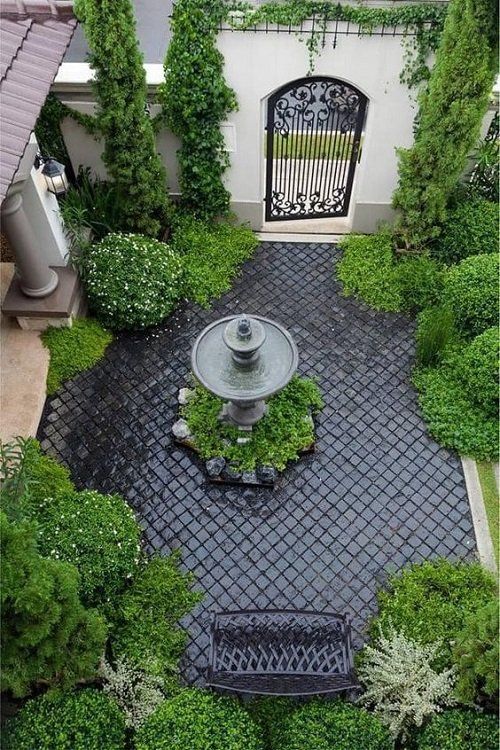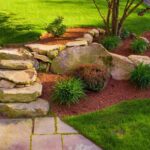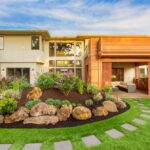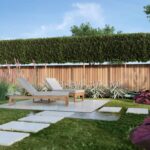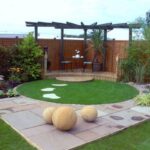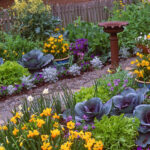Garden landscaping is a popular way to enhance the appearance and functionality of outdoor spaces. By carefully planning and designing a garden layout, homeowners can create a beautiful and inviting environment that reflects their personal style and preferences.
One of the key aspects of garden landscaping is selecting the right plants and flowers to include in the design. This not only adds color and texture to the garden but also helps to create a harmonious and cohesive look. When choosing plants, it is important to consider factors such as the climate, soil type, and sunlight exposure in order to ensure that they will thrive in the garden environment.
In addition to plants, incorporating hardscaping elements such as pathways, patios, and edging can help to define different areas within the garden and provide structure to the overall design. Materials such as stone, wood, and pavers can be used to create a variety of looks ranging from formal to rustic, depending on the desired aesthetic.
Water features such as ponds, fountains, and waterfalls can also be integrated into garden landscaping to add a sense of tranquility and serenity. These features not only provide a focal point in the garden but also attract wildlife and create a soothing ambiance for homeowners to enjoy.
Lighting is another important aspect of garden landscaping that can greatly enhance the overall design. By strategically placing lights throughout the garden, homeowners can highlight key features, extend the usability of outdoor spaces into the evening hours, and create a warm and inviting atmosphere for entertaining.
Finally, maintaining a well-kept garden is essential to preserving the beauty and functionality of the landscaping design. Regular watering, pruning, weeding, and fertilizing are all necessary tasks to ensure that plants remain healthy and vibrant. By staying on top of maintenance, homeowners can enjoy their garden landscaping for years to come.
